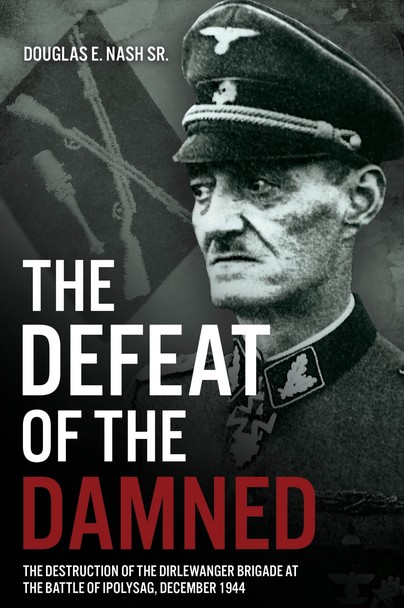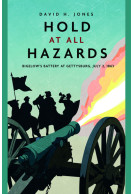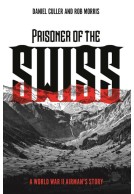The Defeat of the Damned (Hardback)
The Destruction of the Dirlewanger Brigade at the Battle of Ipolysag, December 1944
Pages: 352
Illustrations: B/W and colour
ISBN: 9781636242118
Published: 31st August 2023
(click here for international delivery rates)
Need a currency converter? Check XE.com for live rates
One of the most notorious yet least understood body of troops that fought for the Third Reich during World War II was the infamous Sondereinheit Dirlewanger, or the “Dirlewanger Special Unit.” Formed initially as a company-sized formation in June 1940 from convicted poachers, it served under the command of SS-Obersturmführer Oskar Dirlewanger, one of the most infamous criminals in military history. First used to guard the Jewish ghetto in Lublin and support security operations carried out in occupied Poland by SS and Police forces, the unit was soon transferred to Belarus to combat the increasingly active Soviet partisan movement. After assisting in putting down the Warsaw Uprising during August–September 1944, by November of that year it had been enlarged and retitled as the 2. SS-Sturmbrigade Dirlewanger. One month later, it fought one of its most controversial actions near the town of Ipolysag, Hungary, now known by its Slovak name of Šahy, between 13 and 18 December 1944. As a result of its overly hasty and haphazard deployment, lack of heavy armament, and a confusing chain of command, it was virtually destroyed by two Soviet mechanized corps.
Consequently, the Wehrmacht leadership blamed Dirlewanger and the performance of his troops for the encirclement of the Hungarian capital of Budapest during late December 1944 that led to the annihilation of its garrison two months later. The brigade’s defeat at Ipolysag also led to its compulsory removal from the front lines by General der Panzertruppe Hermann Balck and its eventual shipment to a rest area where it would be completely rebuilt, so thorough was its destruction. Despite its lackluster performance, the brigade was rebuilt once again and sent to East Prussia in February 1945, but never recovered from the thrashing it received at the hands of the 6th Guards Army in December.
Like most amateur military historians, my knowledge of the Dirlewanger Brigade was limited to their barbaric behaviour putting down the Warsaw uprising. That is, until I started reading this book.
Tankette
I found that the immense detail contained in the book took a lot of reading, and left me in awe on how the author not only found the information, but crammed it into one book.
Following introductions, forewords and notes, we are given an insight into how the Dirlewanger unit came into being. It can really be attributed to the ramblings of Adolf Hitler, taken as gospel by a lackey who saw an opportunity for self-advancement, combined with the wife of a Party member who attempted to use the ‘Old Boy’ network to get her husband out of jail.
As an anti-partisan unit, they had quite a bit of success, but when the situation in Hungary became critical the mistake was made of viewing them as regular soldiers. This was compounded with the move to expand the Dirlewanger formation by recruiting not just criminals from the camps, but also political prisoners. Even Dirlewanger himself was quoted as saying it was not a good idea to fight the Soviets with Communists.
The text tells us of calamity after calamity due to poor planning and inept leadership which culminated in rather a lot of these troops going over to the Russians. Surprisingly, some fought well, and some officers led well. Some were good soldiers who had transgressed either military or political rules, and were hoping to rehabilitate their lives. As above, the detail taken from reports and the recollections of survivors is incredible, making it a really good read. Both historians and wargamers will find a lot to interest them, backed up with the few photos of the time.
Personalities are described, and at the end of the book, their ultimate fate. The end notes include a series of maps, a list of the command structure of Dirlewanger, the German and Hungarian order of battle, Soviet order of battle (2nd Belorussian Front), a comparison table of ranks, and a glossary of German military terminology.
















